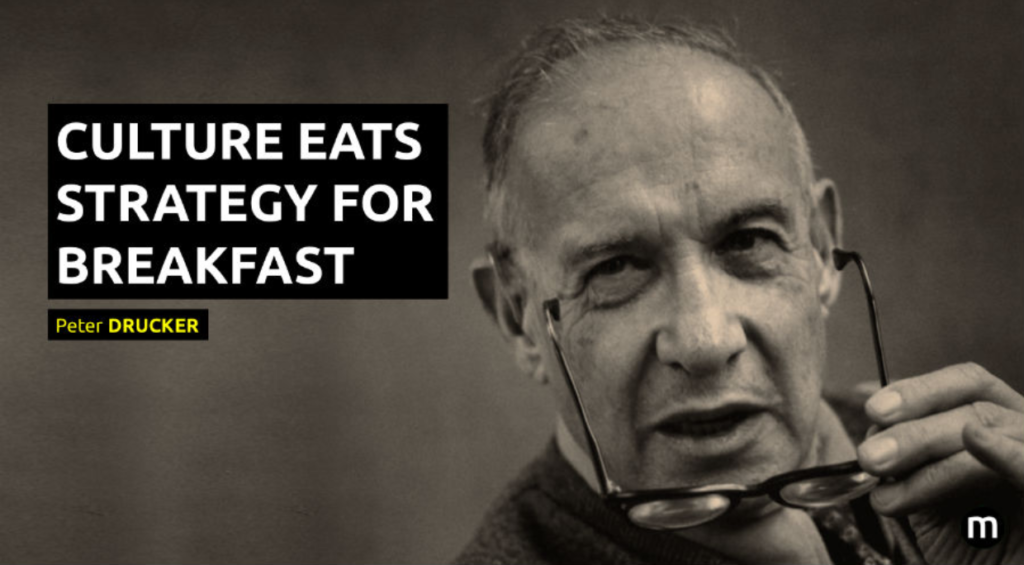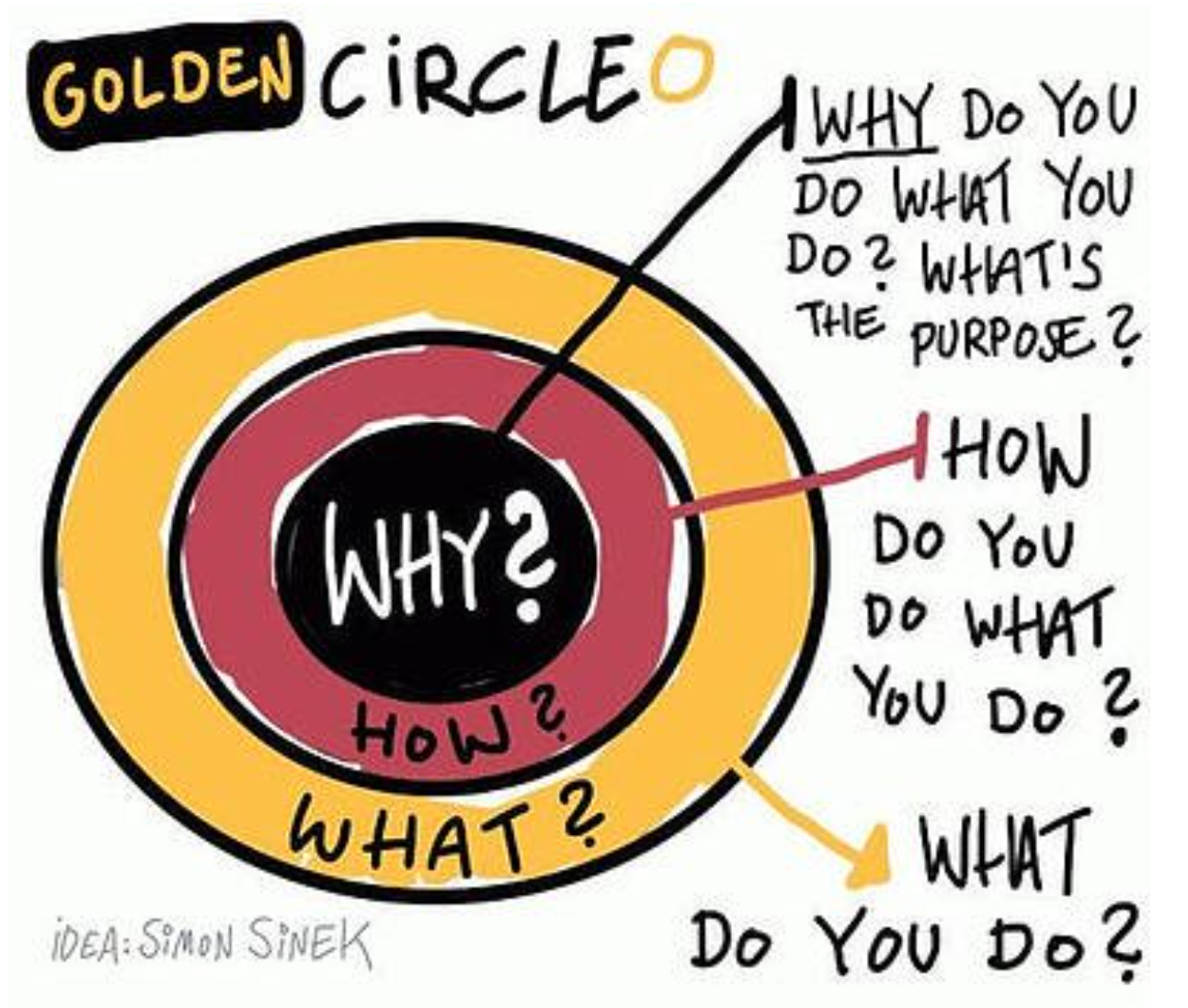As I was sharing some days ago, given the actual cultural context, it is common knowledge that Italy is a “stuck” country, where politicians are old, innovation does not happen, and young people have to escape to find jobs. I will use Enel and its fantastic transformation to fight against the stereotype using the Open Innovation paradigm.
What’s Enel?
Enel is a multinational power company that has markets of 30 different countries across four continents. In Italy, it is the leading power supplier, and the main shareholder is the Ministry of Economy and Finance of Italy, which owns a 23.6% shareholding interest in the company. CEO Francesco Starace leads the company since 2014.
Traditionally the organization has been hierarchical, innovation was only through internal activities, and the structure was very siloed. The CEOs managed each country independently, keeping each line of business very disconnected.
According to Ernesto Ciorra, Enel’s first Head of Sustainability and Innovation, Enel “[…] has been monopolists for decades, and monopolists don’t need the customers’ input. Our attitude was, ‘I know what he wants, so I don’t need his input”. Moreover, there was a strong Not Invented Here syndrome, i.e. the tendency to avoid using or buying products, research, standards, or knowledge from external origins.
A New Point of View
At a certain point, Starace realized that Enel couldn’t act like a utility monopolist forever and extend the market’s horizon to the broader energy market, where oil, gas, nuclear and coal maker are the most significant player. Consequently, innovation could not be kept in silos any longer, and there was the need to collect knowledge from as many sources as possible.
One of the initiatives started was creating a program on innovation at Harvard Business Schools, involving all the countries’ management bodies. According to Ciorra, “[…] it helped to create a common culture of innovation for us. […] The businesses saw R&D as parasitic, as a compulsory tax on the business. Now we are more connected to the businesses”. Proving that, Enel was one of the first utility to form a partnership with Tesla.
In terms of organization, the staff managed innovation inside the company’s different businesses, as mentioned before. Still, after Ciorra, all the functions were gathered together into a central innovation hub reporting directly to the CEO.
Many other initiatives followed, such as the Enel Idea Factory: a space that stimulates problem-solving and creative thinking by involving external people in the process. Another one was the Innovation World Cup, where teams and internal staff proposed their startup to be developed in-house. The company, in general, engaged many stakeholders: suppliers, businesses, academics, looking for the next solution.
It’s about Culture
Firstly, I have noticed that the shift of mindset inside the organization was due not particularly to the specific changes that Mr Ciorra proposed to the company. In my opinion, the game-changing act was to start changing the paradigms of the company’s innovation culture by creating simple events, collaborations, and activities that made workers realize that they were all in the same game, playing for the same team.

How can we define organizational culture? Organizational culture is a system of shared assumptions, values, and beliefs, which governs how people behave in organizations. These shared values strongly influence the people in the organization and dictate how they dress, act, and perform their jobs. Every organization develops and maintains a unique culture, which provides guidelines and boundaries for the behaviour of the members of the organization.” I am pretty sure that the simple fact of having a position as Head of Innovation of Sustainability was not only an innovation per se. It is a unification of all the innovation processes into a single ground.
It’s about Knowledge
Another question would be, why the different hackathons, country managers meetings, national projects, and in general people gatherings, managed to impact innovation so much? You could find one of the answers in Nonaka paper “A Dynamic Theory of Organizational Knowledge Creation”, that we already have seen in the blog.

His thesis is that knowledge grows in a firm when workers have the opportunity to transform explicit knowledge into a tacit one and vice-versa. This process happens every time workers have the chance to take what they know already and turn into discussions, praxis, books, as it can happen repetitively when lots of innovator from different units and countries meet up. Innovations are likely to come up once you have stimuli from externals that give a different idea on a concept. They can create these kinds of interactions that let the knowledge grow in a virtuous cycle.
It’s about Why
Finally, I noticed that the duo Starace and Ciorra has something special, but to explain why we should mention Simon Sinek’s book “Start With Why: How Great Leaders Inspire Everyone To Take Action”. The author studied product marketing realities and created the following theory: People do not buy what you do but why you do it. Most people explain what they do, then how, and finally why, while successful companies and people do the opposite, starting from the why and then explaining how and what, using the golden circle. Apple is the favourite Senek’s case: it is not about selling computers but about thinking differently (why) by designing revolutionary objects (how): Macs, iPhones, iPods, et cetera (what). The same goes for doctors and hospitals.

In his book, he also adds that yes, you need someone with a strong vision behind your company, a master of why, but at the same time, you also need someone into the how, able to transform a great idea into reality with solid process focus. Steve Jobs had Steve Wozniak, Bill Gates had Steve Ballmer, and Starace, in this case, had Ciorra, who understood the vision of Starace and transformed it into organizational practices.
Conclusion
We have seen how Enel, despite having a history of a big public monopolist, managed to innovate its internal dynamics, and paradoxically, how opening up to the external environment enhanced the opportunities of innovation instead of dispersing intellectual capital. The cultivation of vision, culture and knowledge has been fundamental to achieve that, and it is a road that every organisation should take, learning from the Italians! Find more about Enel Innovation here.
Quoted and mentioned in the article
- Chesbrough, Henry. Innovation@ ENEL: From monopoly power to open power. The Berkeley-Haas Case Series. University of California, Berkeley. Haas School of Business, 2016.
- Nonaka, Ikujiro. “A dynamic theory of organizational knowledge creation.” Organization science 5.1 (1994): 14-37.
- Sinek, Simon. Start with why: How great leaders inspire everyone to take action. Penguin, 2009.

Leave a Reply